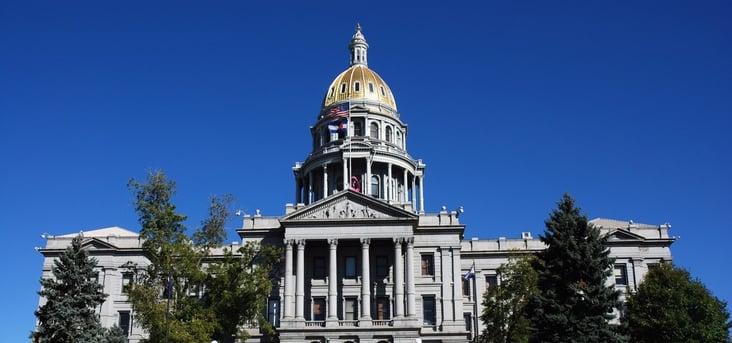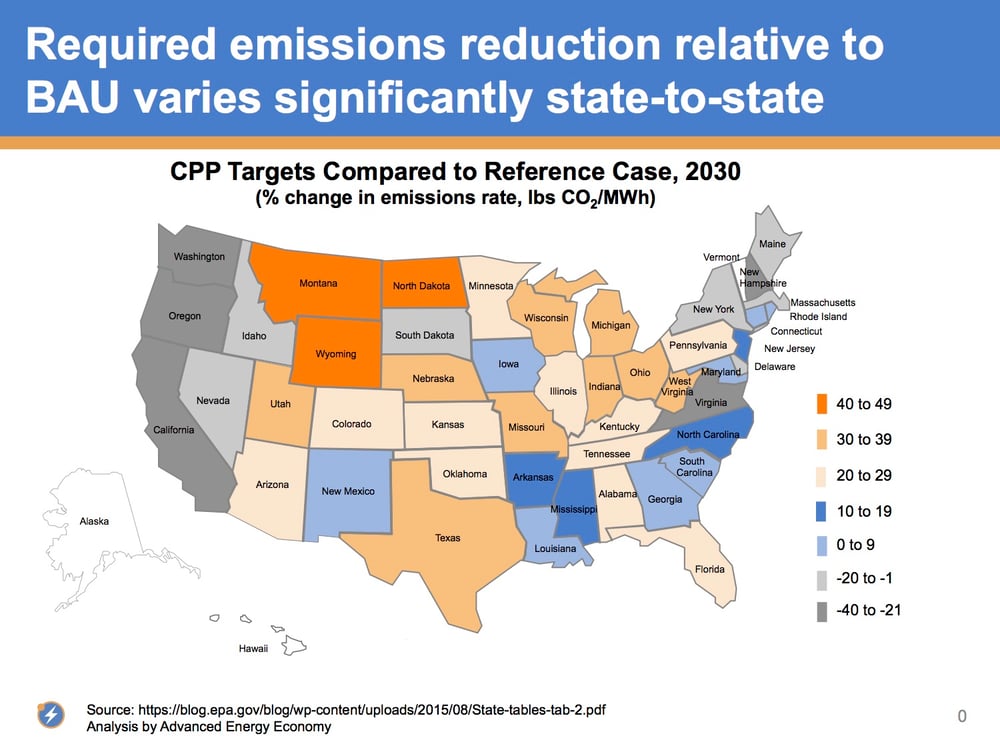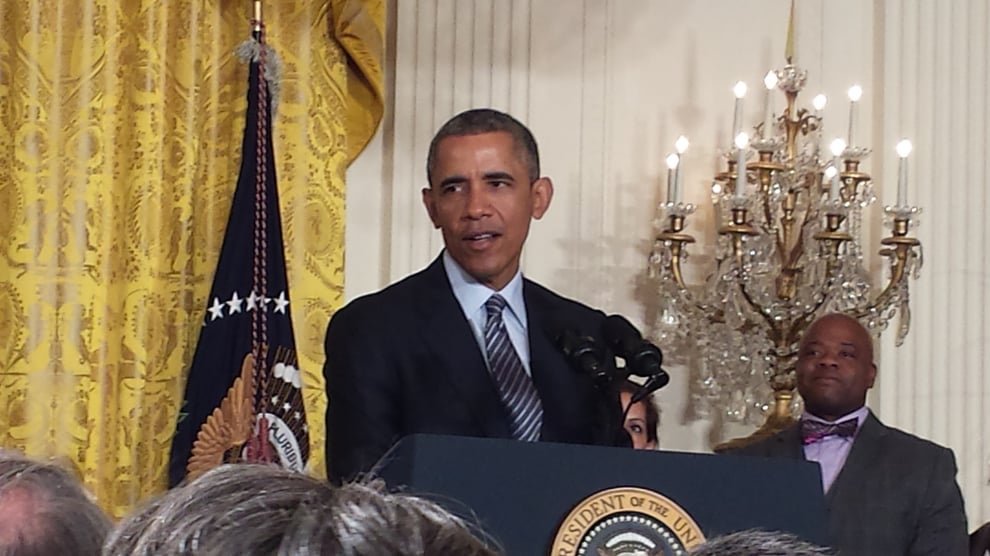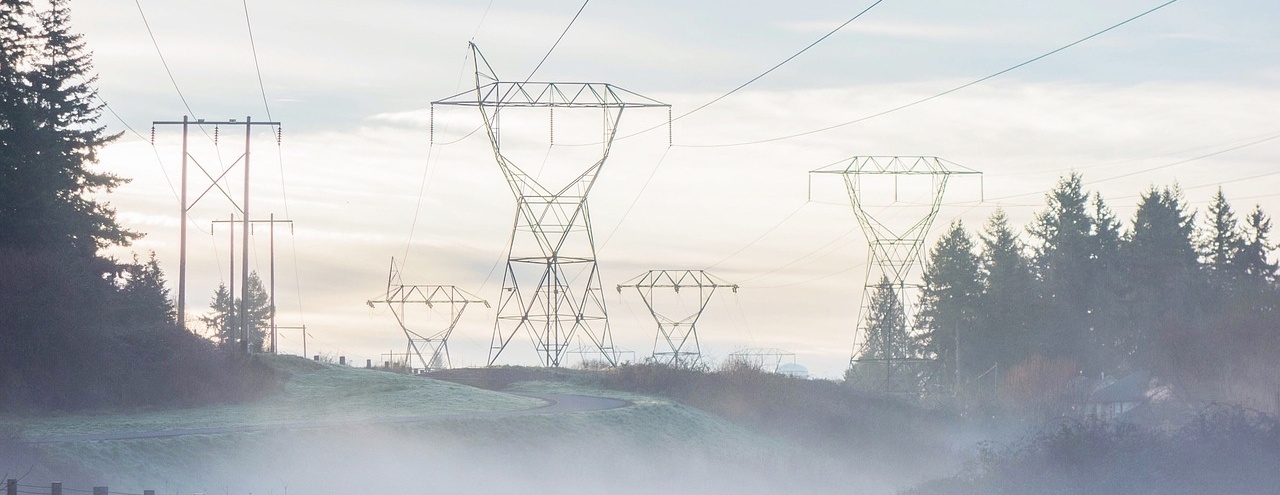This blog post is the first in a two-part series on states' reactions to the EPA's Clean Power Plan. Read Part 2 here.

Photo of the Colorado State Capitol courtesy of Ryan Tolene and used under a Creative Commons License.
Ever since the Environmental Protection Agency (EPA) released the final version of the Clean Power Plan (CPP) on August 3, the rule’s 1,560 pages of dense text (and an equally daunting pile of Technical Support Documents) have kept legal analysts and policy wonks busy and bleary-eyed. Perhaps the most important group of readers, however, are state regulators, the officials tasked with producing a state plan for implementation.
Across the country — including in states whose attorneys general are pursuing legal action — regulators are checking where their states stand (see below), asking questions, convening stakeholders, and making plans to comply — or not. In this post, we look at states that are getting ready to develop compliance plans, whether they like the CPP or not. Tomorrow, we will post a look at the states that are showing no sign of preparing to submit a plan, whether they don’t have to, they haven’t decided how to respond, or they just refuse to — in which case EPA will impose a federal plan.

(BAU stands for Business As Usual case, or the reference case.)





